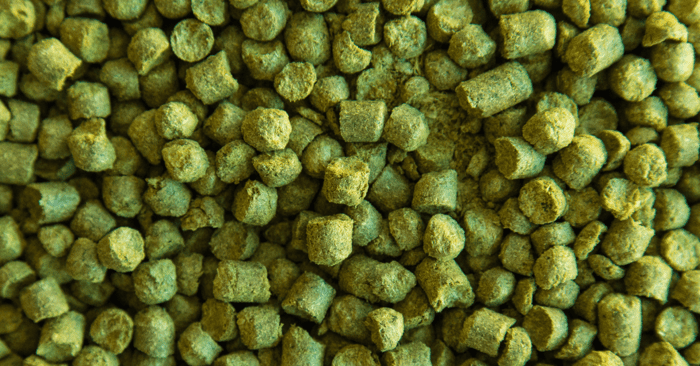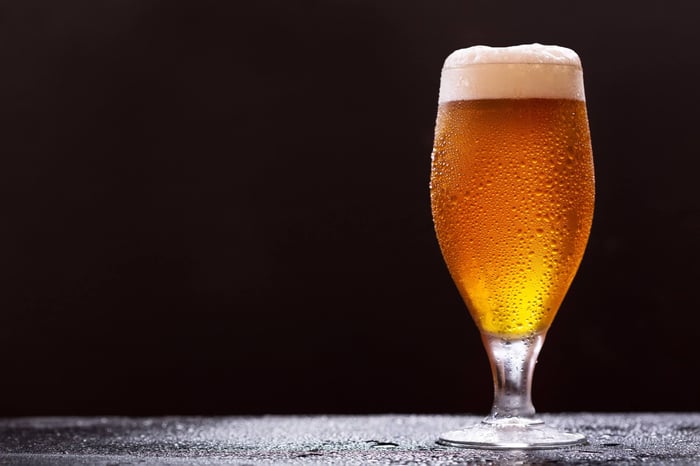Ever wondered why some of your dry-hopped beers absolutely sing with hop character while others fall a bit flat? The answer might be simpler than you think – and it's probably sitting right there in your brewery without you realising it.
Most of us have got our dry hopping routine down to a fine art: weigh out the hops, wait for the right gravity, chuck them in, and cross our fingers. But there's one variable that hardly anyone talks about, and it could be the difference between good beer and genuinely great beer.
The Experiment That Changed Our Thinking
One of our team decided to tackle this question head-on with a proper controlled experiment. The goal was to find out what effect temperature has on dry hopping, so a test was designed that would give clear, comparable results.
Starting with a hoppy black saison base – perfect for showcasing hop character – a single batch was split across three fermenters. The recipe was straightforward: 50g each of Mosaic and Citra at the end of the boil, fermented with Belgian ale yeast. When each 6.5-litre portion hit 1.020 SG, 34g each of Mosaic and Citra were added for the dry hop.
Here's where it gets clever: instead of treating all three the same way, different temperature conditions were deliberately created. One fermenter went into the fridge at 12°C, another got heated to 26°C, and the third stayed at room temperature (20°C). All three got exactly three days of hop contact time.
Results That Surprised Everyone
The blind tasting results were crystal clear. The cold-conditioned beer was the standout winner – everyone loved the vibrant hop aroma and flavour it delivered. The room temperature batch was decent but clearly second best, while the heated version was unanimously rated as the weakest of the three.
What really caught everyone's attention was how the room temperature sample seemed to improve as it warmed up during tasting. The hop character became more noticeable, though it still couldn't match the intensity of the cold-conditioned beer.
The Science Makes Sense
At first glance, these results might seem back-to-front. We know that alpha acids dissolve faster at higher temperatures, so you'd expect the heated batch to perform better. But here's the thing: research shows that the difference in extraction between cold (4°C) and room temperature (20°C) is actually pretty minimal. Most of the alpha acid dissolution happens within the first day regardless of temperature.
What matters more is preserving those delicate aromatic compounds that make dry hopping special. Heat drives off the volatile oils and esters that give you that fresh hop punch, while cooler temperatures help keep them intact.
Getting Better Clarity Too
There's a bonus benefit to cold dry hopping: better beer clarity. Those proteins and hop particles that can make your beer look cloudy seem to settle out more effectively at lower temperatures. So you're potentially getting both better flavour and better appearance.
How to Do It Right
Want to give cold dry hopping a crack? Here's the approach:
Temperature Target: Aim for 10-12°C during dry hopping
Process: Add hops at your usual gravity point, then move to cooler conditions
Contact Time: Stick with your normal 3-4 day period
Equipment: A fermentation fridge is ideal, or use whatever cool space you've got available
Keep Experimenting
Follow-up experiments are already being planned to nail down the optimal temperature range and investigate the clarity effects more thoroughly. That's what we love about brewing – there's always another angle to explore, another technique to perfect.
What's your experience been with dry hopping? Have you noticed temperature making a difference in your beers? We're always interested to hear what's working for fellow brewers out there.
Grainfather Team









